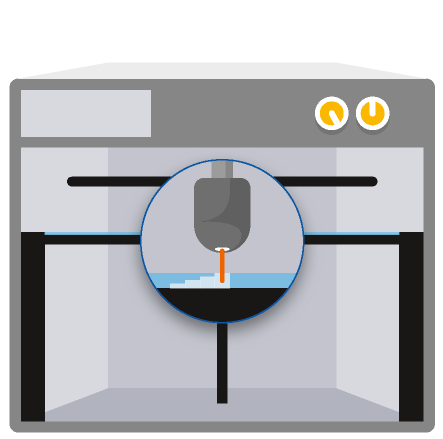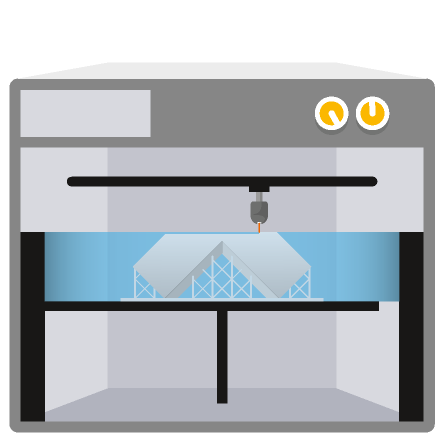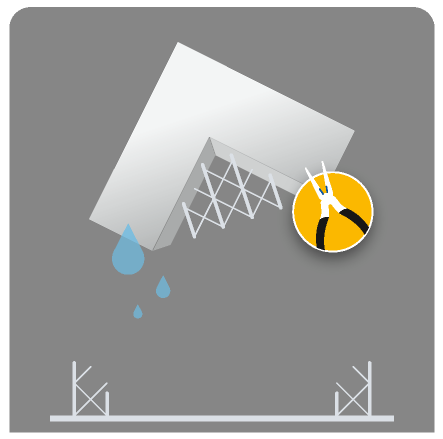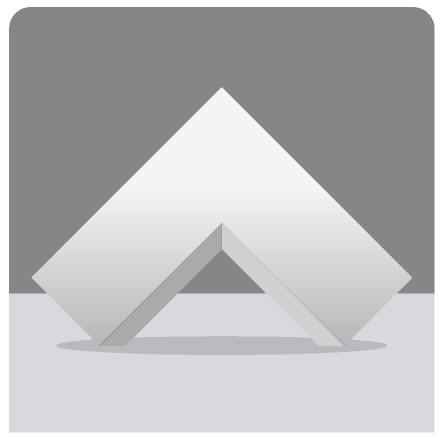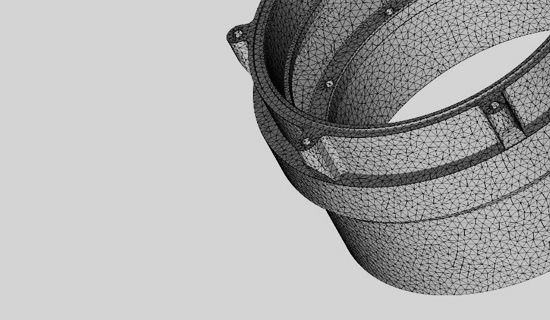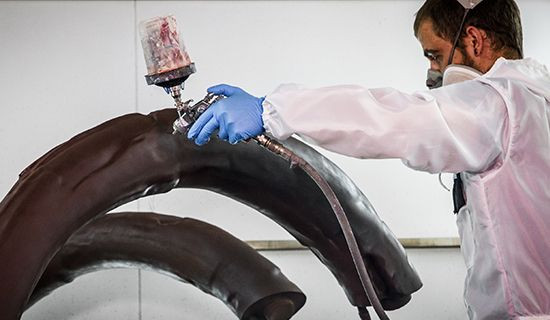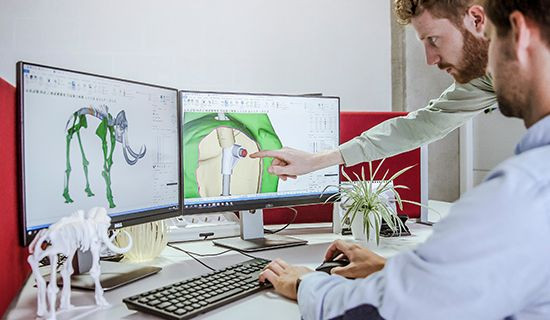ProtoGen White is suitable for general purpose applications with ABS-like specifications. A resilient material with good surface quality and thermal properties, ProtoGen White is ideal for markets that demand accurate RTV (room temperature vulcanized) patterns, highly detailed parts and durable concept models. Applications include impellers, ductwork and connectors, automotive housings, dashboard assemblies and high-end finished models.
Technical Specifications
| Standard lead time | Minimum of 3 working days , depending on part size, number of components and finishing degrees (offline orders) 4 working days (online orders) |
| Standard accuracy | ±0.2% (with lower limit on ±0.2 mm) |
| Layer thickness | 0.1 mm |
| Minimum wall thickness | 1 – 3 mm (depending on part dimensions) |
| Maximum part dimensions | 2000 x 700 x 788 mm (offline orders) 1100 x 690 x 590 mm (online orders) Maximum part dimensions can vary according to the chosen material and the geometry of the part |
| Interlocking or enclosed parts? | No |
| Surface structure | Unfinished parts typically have visible building layers on the surface but post-production finishes can achieve different effects, from high glosses to coarse textures. Stereolithography parts can be sandblasted, painted, varnished, covered and coated |
Datasheet
| MEASUREMENT | VALUE | STANDARD |
|---|---|---|
| Density | 1.18 – 1.2 g/cm³ | |
| Tensile Strength | 43.8 MPa | ASTM D638M |
| Tensile Modulus | 2310 MPa | ASTM D638M |
| Elongation at Break | 16% | ASTM D638M |
| Flexural Strength | 70.5 MPa | ASTM D790M |
| Flexural Modulus | 2130 MPa | ASTM D790M |
| Notched Izod Impact | 22 J/m | ASTM D256A |
| Hardness (Shore D) | 88 | ASTM D2240 |
| Water Absorption | 0.68% | ASTM D570-98 |
| Glass Transition Temperature | 57 – 59°C | ASTM E1545-00 |
| Heat Deflection Temperature | 56°C 47°C |
ASTM D648-98c @ 0.46 MPa @ 1.82 MPa |
Actual values may vary with build condition
How Does Stereolithography Work?
Stereolithography is a laser-based technology that uses a UV-sensitive liquid resin. A UV laser beam scans the surface of the resin and selectively hardens the material corresponding to a cross section of the product, building the 3D part from the bottom to the top. The required supports for overhangs and cavities are automatically generated, and later manually removed.


